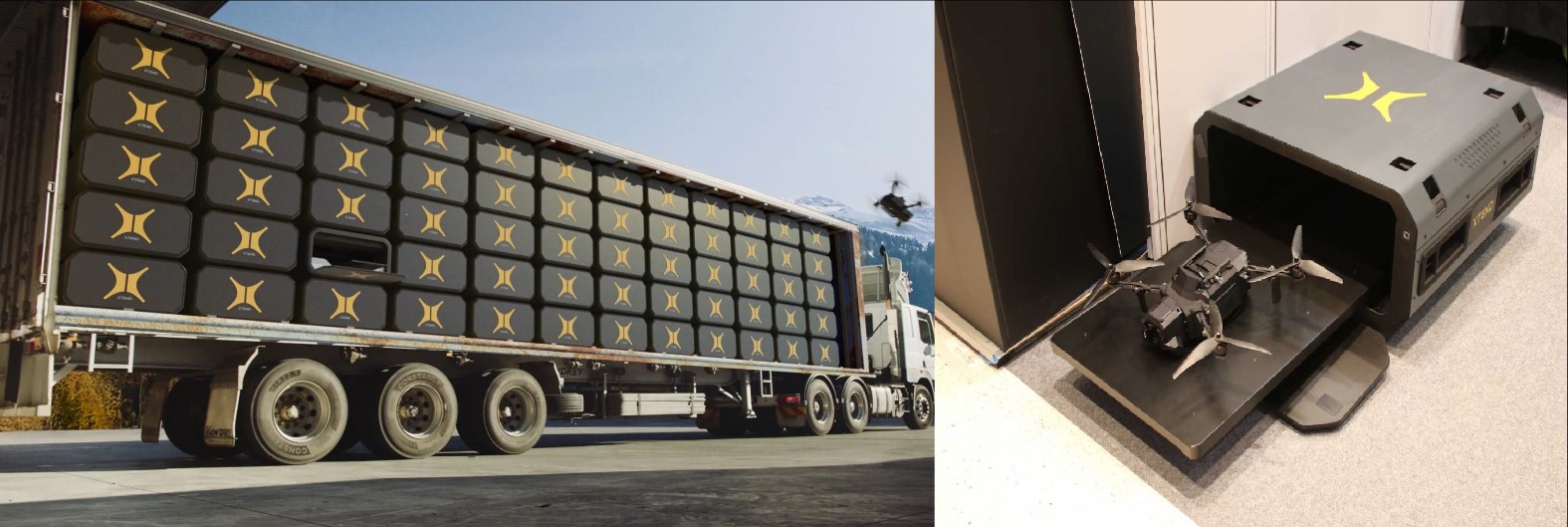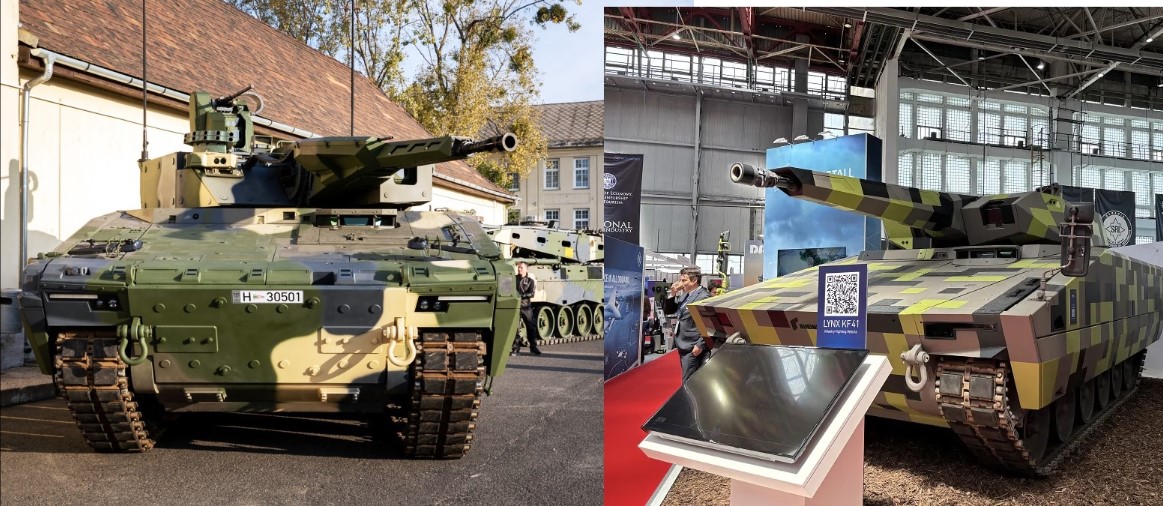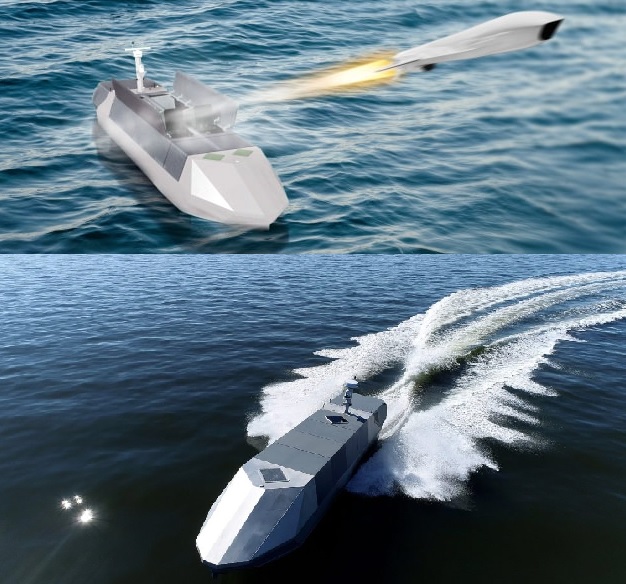XTEND Reality Secures Major U.S. Defense Contract to Develop AI-Enabled FPV Attack Drone Kits

In a move signaling the growing importance of artificial intelligence and unmanned systems in modern warfare, XTEND Reality Inc. has been awarded a multi-million-dollar fixed-price contract by the Office of the Assistant Secretary of War (OASW) for Special Operations / Low-Intensity Conflict (SO/LIC) under its Capability Development & Innovation (CD&I) Directorate.
The contract tasks XTEND with developing and delivering Affordable Close Quarter Modular Effects FPV Drone Kits (ACQME-DK) — next-generation AI-enabled one-way attack (OWA) drones that will enhance precision strike capabilities for U.S. small tactical teams. The system aims to provide a low-cost, high-effect lethality solution for close-quarters combat and irregular warfare in complex operational environments.
A Leap Forward in Tactical Lethality
The ACQME-DK kits are designed for precision-strike missions in dense urban environments and confined rural terrain, where traditional weapon systems are often limited. Each kit includes a modular, first-person-view (FPV) drone capable of carrying various payloads for offensive operations while maintaining a low cost-per-kill ratio.
According to XTEND, these drones allow operators to neutralize high-value targets with minimal exposure, effectively bridging the gap between small-unit maneuverability and advanced precision firepower. The company emphasized that the system is already battle-proven, having been tested across multiple active combat zones, and represents an operationally mature technology, not a prototype concept.
All assembly, training, and sustainment operations for the contract will take place at XTEND’s headquarters in Tampa, Florida, ensuring a domestic supply chain and rapid logistical support for U.S. forces.
AI, Swarming, and Resilient Communications
At the core of XTEND’s offering is a swarm-based autonomy framework that integrates multiple drones into a cohesive, AI-directed force. The company’s proprietary system, XOS, acts as the mission command backbone, merging sensors, radars, payloads, and even third-party applications into a unified operational interface.
This architecture enables a single operator to control multiple drones simultaneously, using a zero-latency communication link that combines fiber-optic cable control and hardened RF signals — a dual-comms setup designed to resist jamming and electronic warfare interference.
XTEND’s Co-Founder and CEO, Aviv Shapira, described the technology as a milestone for man–machine collaboration in combat:
“This is the first operational system in the world that allows one operator to command and deploy swarms of AI-enabled tactical drones remotely, with resilient Fiber Optic-plus-RF dual-comms precision and zero-latency control.”
He added that the system’s architecture was shaped by field experience from deployments in five conflict zones, refining the AI behaviors and human-machine interface based on real-world data.
Modularity, Safety, and Tactical Innovation
A standout feature of the ACQME-DK system is its Electronic Safe and Arm Device (ESAD) — a high-voltage safety mechanism that ensures secure munition arming and detonation only under authorized conditions. The ESAD is a critical differentiator, addressing the U.S. military’s growing emphasis on safety and operational control in autonomous and semi-autonomous systems.
The kits also include modular vertical take-off and landing (VTOL) options, custom munitions packages, and plug-and-play AI behaviors, enabling teams to tailor drones for missions ranging from target acquisition to one-way loitering attacks.
By leveraging AI-assisted controls, the system reduces the cognitive burden on operators, allowing soldiers to focus on tactical decision-making while the drone executes flight paths, targeting, and engagement parameters autonomously.
XTEND’s Co-Founder and CTO, Rubi Liani, explained:
“Our XOS unifies sensors, radars, payloads, and third-party apps into a single AI-driven mission backbone. It merges human intent with AI autonomy, translating mission goals into coordinated robotic action across air, land, and sea.”
Supporting Special Operations and Irregular Warfare
The ACQME-DK kits align with the U.S. Department of War’s strategic vision for distributed, networked warfare, where small tactical units can operate independently using organic drone swarms for reconnaissance, electronic warfare, and precision strike roles.
For Special Operations Forces (SOF) and Low-Intensity Conflict (LIC) missions, these systems promise to transform how operators engage in close-quarters combat, offering precision lethality without exposing troops to direct line-of-sight threats.
The drones can penetrate confined buildings, tunnels, and fortified positions, providing commanders with real-time intelligence and the ability to strike from within cover — a significant advantage in modern hybrid conflicts.
A Proven Global Player
XTEND Reality has steadily emerged as one of the leaders in the tactical FPV and OWA systems market, with over 10,000 systems deployed across 32 countries. The company’s platforms have seen action in multiple theaters, ranging from counterterrorism operations to full-scale conflicts.
The firm’s reputation for reliability and innovation has been reinforced by its dual-comms resilience model and battle-tested ESAD safety system, both of which have gained interest from allied defense agencies seeking cost-effective and resilient drone strike solutions.
With the ACQME-DK program, XTEND aims to bring its proven capabilities to U.S. small-unit operators, offering an integrated training and sustainment package that emphasizes ease of deployment, low logistics burden, and high mission flexibility.
Implications for Future Warfare
The contract reflects the Pentagon’s growing shift toward low-cost autonomous warfare systems, particularly for close-quarter and urban engagements where precision and survivability are paramount. By empowering small tactical units with drone-based strike capabilities, the Department of War seeks to reduce dependency on high-cost platforms and minimize soldier exposure in hostile environments.
XTEND’s modular approach also supports rapid adaptation to evolving threats, allowing field units to reconfigure drones for surveillance, EW jamming, or direct attack within minutes. This flexibility is expected to make ACQME-DK a valuable asset for irregular warfare and special operations alike.
✍️ This article is written by the team of The Defense News.






